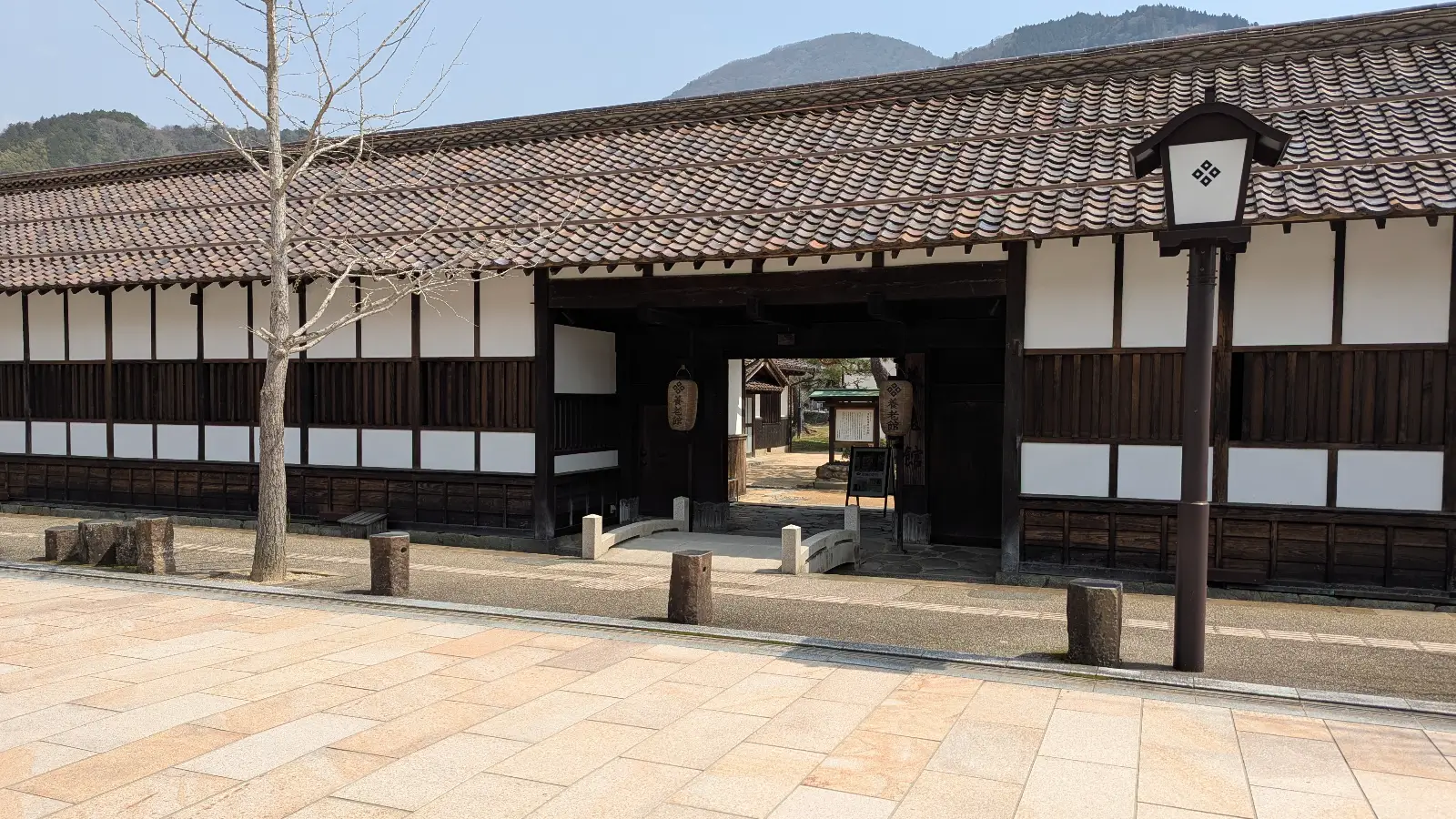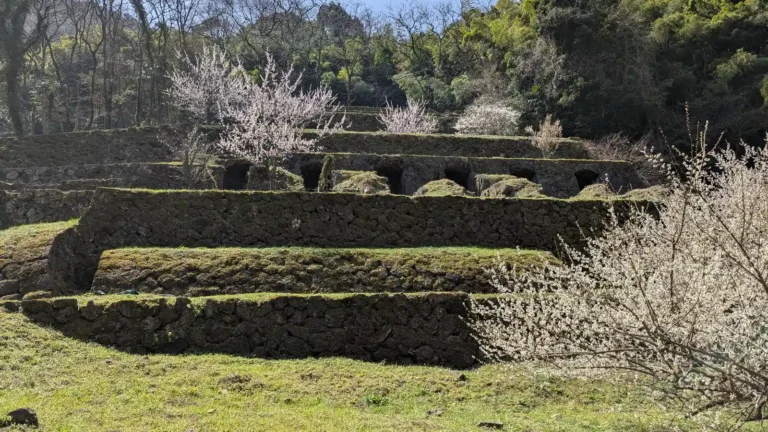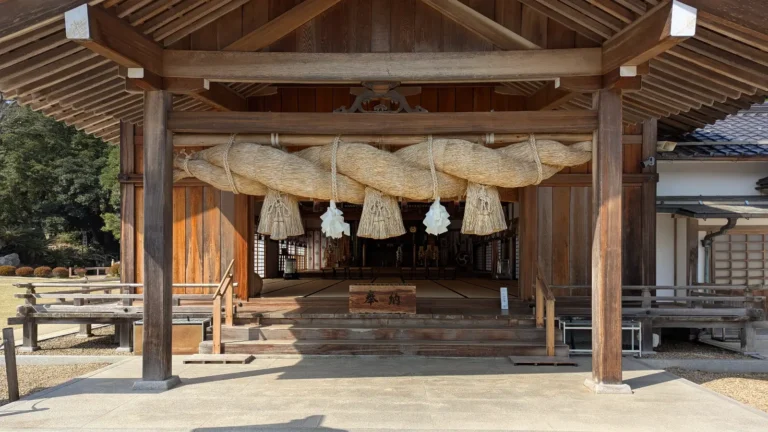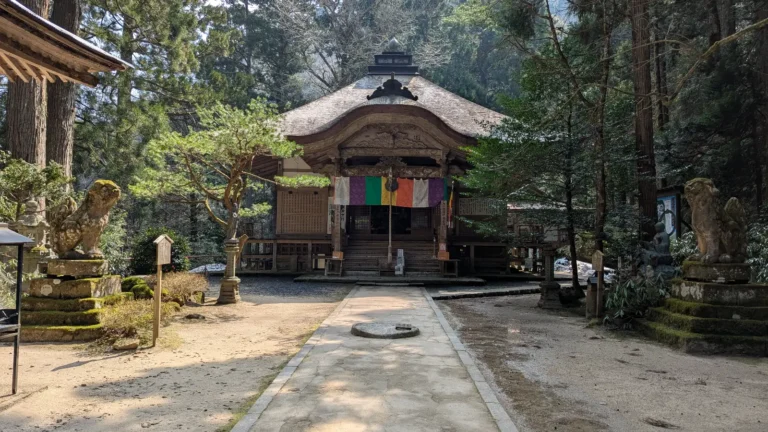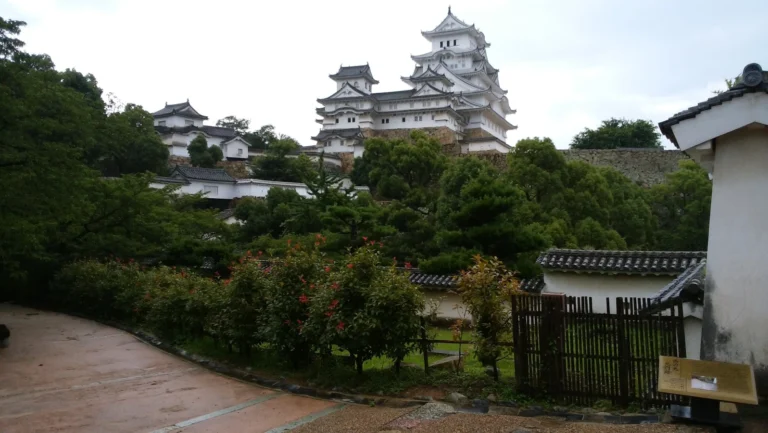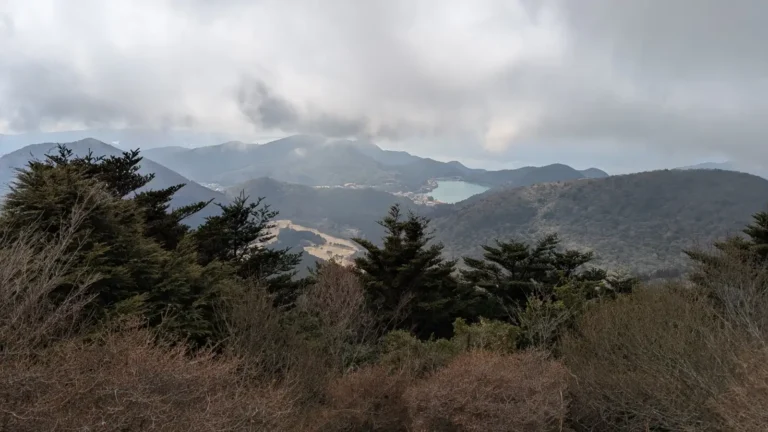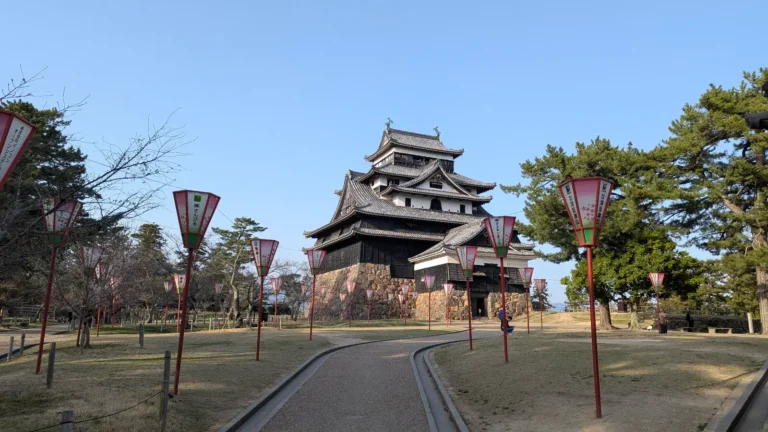Tsuwano: A JOTM Guide
There’s a hush in Tsuwano (津和野) that arrives before you even step off the train. It lingers in the tunnel of vermillion torii at Taikodani Inari Shrine, in the rustle of washi paper drying in quiet workshops, and in the gentle rise of incense near a sloping hillside church. You don’t come to Tsuwano for spectacle. You come to remember something slower. Something still. And in those moments between movement, you begin to discover the most meaningful things to do in Tsuwano, none rushed, all remembered.
Select links in this guide are affiliate links. They help sustain this space… allowing us to share more, with less dependence on advertising.
*Prices are subject to change.
Tsuwano at a Glance: Historic Town Overview & Quick Facts
- Region: Chugoku (Shimane Prefecture)
- Nearest Major City: Hiroshima
- Type of Destination: Historic castle town in a remote mountain valley
- Best Time to Visit:
- Spring (March–May): Cherry blossoms along the canals and shrine path
- Summer (June–August): Lush greenery and colorful festivals, including traditional horseback archery
- Autumn (September–November): Brilliant foliage around Taikodani Inari Shrine and castle ruins
- Winter (December–February): Quiet, misty mornings and snow-dusted rooftops
Why It’s Special in One Sentence:
Tsuwano is a hidden mountain town where samurai-era streets, vibrant shrines, and a legacy of quiet resistance offer a rare window into Japan’s spiritual and cultural past.
Why Tsuwano Is Worth Discovering: Highlights of Tsuwano’s Atmosphere, Spiritual Layers, and Living Craft
- Walk its canal-lined streets and you’ll find old samurai houses standing just as they did centuries ago, quiet, wooden, dignified.
- Tsuwano cradles both the Shinto path and the hidden cross. With one of Japan’s most beautiful Inari shrines above and a solemn Catholic church below, it’s a rare reflection of spiritual duality.
- Taikodani Inari Shrine trails up the forested slope like a ribbon of devotion, each torii gate framing light, leaf, and sky.
- Local artisans still handcraft washi paper here. Ink floats like mist across fibers that dry under open skies.
- On some weekends, the old SL Yamaguchi steam train puffs into town, a whistle from another era echoing against tile and mountain.
For another nearby journey into sacred stillness, explore our Saga journey, where mist and memory shape Kyushu’s hidden paths.
Must-See Wonders at Tsuwano: Shrine, Streets, and Castle Highlights
Taikodani Inari Shrine
- One of Japan’s top five Inari shrines, it’s a hillside sanctuary with over 1,000 torii gates weaving upward like a prayer.
- From the top, you’ll see all of Tsuwano folded into the valley like a painted scroll.
If the torii trail awakens your curiosity, you might also find resonance in the mountain path to Yutoku Inari Shrine, one of Japan’s most atmospheric Inari sites tucked into the forests of southern Saga.
Tsuwano Catholic Church
- A white wooden church built in honor of hidden Christians, with tatami mat floors that blend east and west.
- Its presence whispers of faith carried in secret, and of return.
Tonomachi Street
- The town’s heart, where koi glide under footbridges and old merchant houses lean quietly into the present.
- The samurai walls still wear their earth-toned armor of clay and tile.
The Tsuwano Castle Ruins
- Ride the lift or hike the trail. Fog often cloaks this mountaintop ruin, revealing stone only as you near it.
- The view: all silence, rooftops, and folded green.
Morijuku Washi Studio
- Watch masters stir pulp with bamboo paddles as ink swirls like cloud trails.
- Some days you can try it yourself, though the paper remembers every movement.
Local Secrets from JOTM: Hidden Tips for Visiting Tsuwano
- Arrive Before the Steam: Visit early on SL train days to see Tsuwano before the crowds descend. The town inhales in peace before it exhales nostalgia.
- Take the Path Between Faiths: There’s a lesser-known walk connecting the church to Taikodani Inari, part stone, part soil, wholly silent.
- Visit in the Days After Rain: The torii glow deeper, and the moss along castle walls darkens like ink pressed to handmade paper.
- Don’t Skip the Studio Backstreets: A few steps from the main canal are washi shops where artists still shape their tools by hand. No signs, just open doors.
- Pause at the Footbridge at Dusk: It’s when the koi surface, the lanterns flicker, and the whole town feels like it’s about to slip into dream.
Nearby Sacred Spaces: Quiet Places Near Tsuwano You Shouldn’t Miss
- Yomeiji Temple – A serene hillside temple with a peaceful cemetery trail (10 minutes on foot)
- Obara Onsen – A rustic hot spring hidden in the woods just outside town (20 minutes by car)
- Hori Teien – A quiet Edo-period villa with gardens and still ponds (15 minutes by car toward Masuda)
Getting to Tsuwano: How to Access the Historic Town by Train, Bus, or Car
- By Train: From Shin-Yamaguchi Station, take the JR Yamaguchi Line to Tsuwano Station (approx. 1 hr 15 min).
- By Bus: Buses run from Hagi or Masuda stations, but are less frequent, check schedules carefully.
- By Car: Scenic drive from Yamaguchi or Hagi via Route 9; parking available near the shrine and town center.
- Hours: Town always open; shrine and sites generally 9 AM – 5 PM
- Cost: Free to explore town; shrine and ruins are free; washi workshops and museums vary (typically ¥–¥¥)
For travelers using the Japan Rail Pass, portions of this route may be covered, our guide offers practical insights on when it’s worth considering.
Resting Nearby: Hotels Near Tsuwano
- Noren Yado Meigetsu – A refined ryokan near the canal, where paper walls soften the morning light
- Tsuwano Yoshinoya Ryokan – Simple, traditional comfort just steps from Tonomachi’s quiet charm
- Wataya Ryokan – A cozy guesthouse with a wood-and-warmth aesthetic, tucked near the church
- Yutorelo Tsuwano – A modern take on the onsen stay, with wide mountain views and quiet rooms that open to the rhythm of the valley
Planning a deeper journey through Japan? Whether Tsuwano is your first stop or one of many, our foundational guides can help you shape a thoughtful, immersive itinerary. Start with our Planning a Trip to Japan Guide, discover How to Get Around Japan, and explore the Best Time to Visit Japan for slow, seasonal travel.
FAQs and Travel Tips about Tsuwano: A Few Last Things Before You Go
Planning a visit to Tsuwano? This guide answers real traveler questions, from how to reach Taikodani Inari Shrine to the best things to do and nearby Shimane gems.
A: Spring (late March to early May) brings cherry blossoms along the canal, while autumn (late October to early December) lights the hills in red. These seasons offer the clearest skies and the town’s most vivid colors, ideal for walking and photography.
A: One full day lets you explore Tsuwano’s highlights, its red torii, samurai streets, and castle ruins, but staying overnight reveals the town’s quiet depth and slower rhythm.
A: Tsuwano is in western Shimane Prefecture, near the border with Yamaguchi. It sits in a scenic valley about 1 hr 15 min from Shin-Yamaguchi Station by train.
A: Tsuwano is known as “Little Kyoto of the San’in” for its well-preserved samurai streets, scenic canals, and spiritual depth. The town blends Shinto and Christian heritage, anchored by the iconic red torii of Taikodani Inari Shrine and a historic Catholic church honoring hidden Christians.
A: Yes. Tsuwano is a compact, walkable town. The shrine and castle require gentle climbs, but most of the historic streets and sites are easily accessed on foot.
A: The SL Yamaguchi is a nostalgic steam train running from Shin-Yamaguchi to Tsuwano on select days. Its historic carriages and scenic route make arriving part of the journey.
A: Don’t miss genji-maki (sweet bean rolls), locally made wasabi-zuke, and sake brewed from mountain water, each rooted in the region’s quiet abundance.
A: From Hiroshima, take the shinkansen to Shin-Yamaguchi, then transfer to the JR Yamaguchi Line for Tsuwano. The full trip takes about 2.5 hours.
A: Yes. Taikodani Inari Shrine is open year-round and is especially beautiful in spring and autumn. Admission is free, and early morning is the quietest time to visit.

